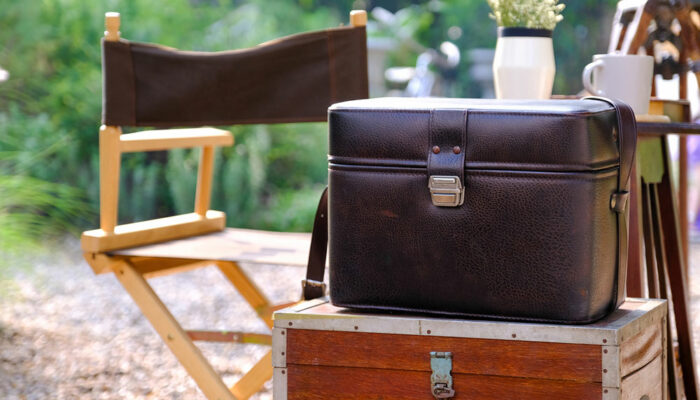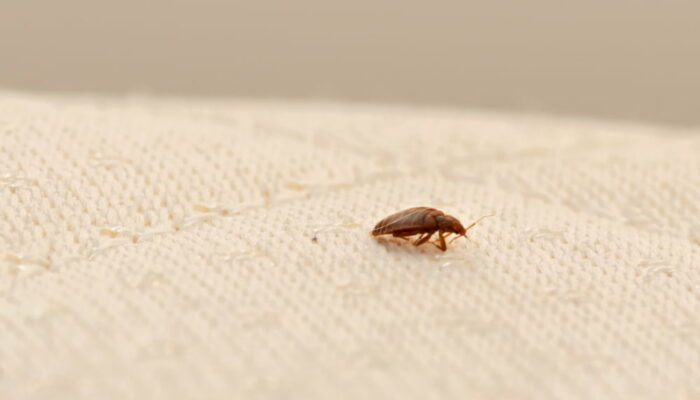
Home and Garden
7 mistakes to avoid for a squeaky-clean toilet
A spic-and-span washroom is a sign of a clean and hygienic home. Maintaining a clean toilet is all about using the right products and following certain cleaning practices systematically. Today, the market is loaded with multipurpose cleaners and disinfectant products that are highly effective, facilitating a clean washroom. However, it is also essential to avoid certain cleaning mistakes, which can lead to hygiene problems. Some such common toilet-cleaning mistakes are as follows: Treating all bathroom surfaces similarly Each surface in a bathroom typically has different textures, requiring different cleaning products to be used for each. For example, a mildly abrasive cleaner should be used to remove scum, whereas non-abrasives are ideal for tiles, and bathtubs. Not cleaning the toilet brush The toilet brush can be a petri dish for bacteria and germs if left uncleaned and can lead to major hygiene issues eventually. It is advisable to clean the toilet brush thoroughly after every use, preferably by filling a bucket with warm water, adding some bleach to it, and leaving the brush in this solution for an hour. The brush should then be rinsed with fresh warm water before use. Not cleaning the exhaust fan An exhaust fan is essential in the bathroom to get rid of odor, moisture, humidity, etc.
Read More 








